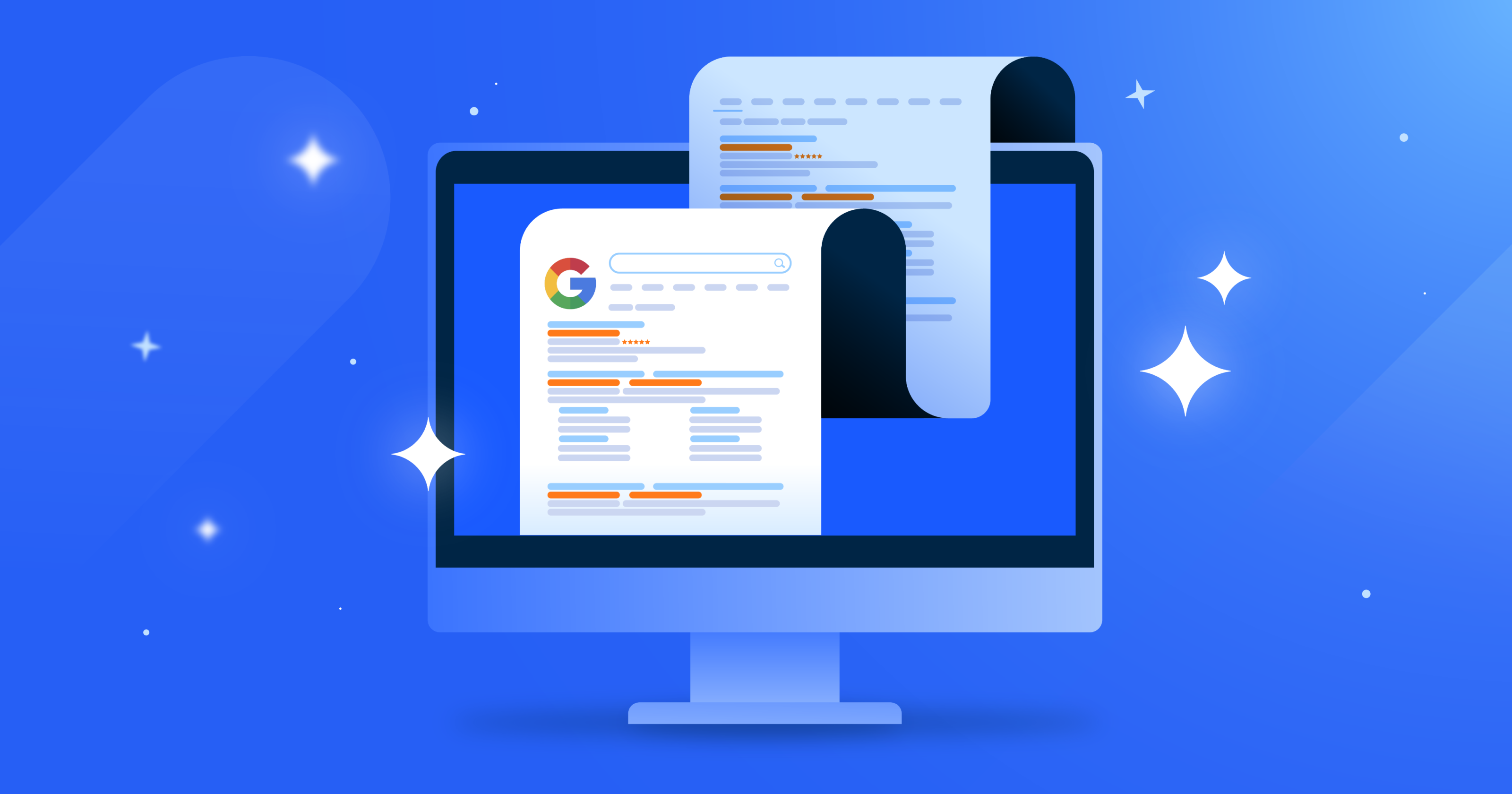
Creating content for Google involves several strategies to ensure it's not only search-engine-friendly but also valuable and relevant to users. Here's a step-by-step guide:
Title and Meta Description: Craft a compelling title and meta description that accurately reflects your content and entices users to click.
Keyword Placement: Naturally integrate selected keywords into your content, including headings, subheadings, and body text.
Use Headers and Lists: Break up your content with headers (H1, H2, H3) and lists to improve readability.
Structured Data and Schema Markup: Implement structured data and schema markup to help search engines better understand and present your content in different formats (such as rich snippets).
Internal Links: Link to other relevant pages on your website to enhance navigation and encourage users to explore further.
Quality External Links: Reference high-quality, authoritative sources to add credibility to your content.
By adhering to these guidelines and best practices, you can create content that is both user-centric and optimized for search engines, thus improving its visibility and ranking potential on Google. Always stay updated with Google's algorithms and SEO best practices to refine and enhance your content strategy.
Thank you.